The ferry arrived in Dieppe on time, 04:00hr local on Halloween. The family with their vehicle at the front of the line were the last to return. I think they recognised they were causing delay as they almost hurled their children into the motor before leaping in and driving off.
After clearing immigration I drove round the corner to an Aires de Camping Car (a parking area specifically for motorhomes) and got my head down for a few hours. Entry and exit is barrier controlled and one has to be stopped in precisely the right place for the equipment to register the vehicle’s presence. Leaving space to walk round from the right to the left side meant I wasn’t – until I realised.
After some kip and breakfast I did a bit of shopping and headed south. I’d done a good few miles before needing to find some facilities and a brew. Aire De La Mare Des Fourches, a picnic area with toilets and a snack wagon on the N154, hove into view and a sausage baguette and a brew took care of my needs.
I didn’t travel much further before stopping for the night near Écluzelles on the edge of some woodland and a lake.
Sunrise was at 07:40hr and I was under way a little before. With the short days, I decided on an early start to take advantage of the early morning light – should any appear through the cloud and rain.
All Saint’s Day is a public holiday in France which meant finding an open petrol station was interesting. Fortunately many of them have card readers on the pumps so fuel is available but no other services.
Arrived near the village of Veneix just after sunset but still enough light see my way into this fisherman’s car park close to the banks of the Allier River.
The following morning there were good roads as far as Langogne where I stopped to avoid a major disaster – I’d nearly run out of milk. From there to Nîmes it was mountain roads. At some points there were clouds both above and below road level. Eventually I found myself descending through the clouds with limited visibility on a very twisting road. Not a time to relax.
Arrived at Bellegarde for a late lunch. The sun was shining and it was pleasantly warm. The rain arrived with nightfall. By morning the rain had cleared.
Many supermarkets in places where there’s plenty of sun are installing solar panels over their car parks. They provide a second benefit by keeping the sun’s heat off cars in summer. These are at E Leclerc, Arles. Unlike some, these are high enough to allow vans and campers to park below.
The earliest record of Arles was by Greek-Phoenicians in the 6th century BC when the town was known as Theline. In the 1st century BC the Romans took control of the area and in 102 BC, Gaius Marius started to construct the Fossae Marianae, a canal paralleling the river Rhône to the sea. This led to Arles becoming one of the most prosperous port towns in France.
A great deal of Roman infrastructure has survived, most notably, the Roman Theatre, the Amphitheatre and the adjoining streets, the layout if not the buildings. Much of the old town is inaccessible to motor vehicles, the streets are simply too narrow. Those parts where vehicles are permitted, only taxi cabs, delivery vehicles and residents are allowed to pass over the descending bollards.
The Roman Theatre
The Roman Arena
The ancient streets of Arles
The Romans were the first to build a wall around the city, but it was added to and rebuilt subsequently. The section in the first photo is some ten feet thick. Immediately inside the gate is a fairly average shopping street with building from most eras. It was still quite early so not many people about.
In contrast to the ancient atmosphere of the town, Arles is served by a modern railway station.
Originally known as “Pont de Réginel” but usually referred to by the keeper’s name; “Pont de Langlois”, crosses the Canal d’Arles à Bouc south of Arles. The present lifting bridge at the north end of the lock is a replica of the one painted by Van Gogh in 1888 which was replaced by a concrete structure at the south end in the 1930s. The local tourist office refers to the bridge as “Pont Van Gogh”. There is off road parking adjacent without crossing the canal.
Lastly, a visit to Pont-de-Crau and a 16th century aqueduct built as part of a canal to transport water into Arles. Sadly it has been knocked through to allow construction of a traffic roundabout.
There is a considerable amount of history in the area and the artist Vincent van Gogh spent some eighteen months in the town painting a variety of scenes.
http://www.arles-guide.com/arles_guide/arles_history
Before finally leaving the area, I needed to carry out some domestic duties at very useful facility in a supermarket car park. Washing powder or liquid is included. One only has to load one of the washers, select it on the panel, insert the cash and press the start button.
Upon leaving Arles I headed for Aigues-Mortes some thirty miles away across the Camargue national park and coastal plain and into the Languedoc region. I found a quiet spot to spend the night on the banks of the Canal du Rhone a Sete.
The following morning I found the dedicated motorhome parking in Aigues-Mortes. The vehicle was there for 1hr 20mins and I suffered €3.40 for the privilege. Take a ticket on entry. When ready to leave, scan it, pay and insert the ticket in the barrier machine.
Aigues-Mortes is a long established town with a history of fishing and salt extraction from sea water over many centuries.
The fortification of the town was conceived by King Louis IX in 1240 but the walls were not finished until 1302 by which time his son, Philip III, had ascended the throne. It was built as a naval port both for defence and as a base for French raids on other parts of the Mediterranean Sea.
Access to the town wall battlements is now restricted, not that I fancied the climb.
Aigues-Mortes stands on very low ground and is a canal junction. Consequently, the ground is unsuitable for tunnelling or building substantial bridges hence there is a railway swing bridge across the canal. Leaving the bridge, the train runs across a roundabout and alongside the town wall towards the coast at Le Grau-du-Roi. The canal basin is now filled with restaurant and trip boats.
I’d read many reports about how good French cafés and their lunchtime table d’hote menus are but had always hesitated to explore. This was the day I decided to throw caution to the wind and to treat myself to a lunch that someone else had cooked for a change. The Restaurant Chez Coco looked inviting and I was able to translate enough of the menu to have a faint idea of what was on offer. Fortunately the waiter’s English was better than my French and I enjoyed an excellent sirloin steak and a bottle of beer for €20.50 (approx £17.50).
Returning east of Arles, near Fontvieille there are some Roman industrial archaeological remains, an aqueduct and the site of a series of waterwheels, the Aqueduc Romain de Barbegal.
http://www.arles-guide.com/arles_tourism/arles_monuments/barbegal_aqueduct_and_mill
The village of Fontvieille is very picturesque and a decent lunch after scrambling amongst the ruins was called for. L’Ami Provençal is an excellent little eatery. An excellent veal steak with mushrooms, a chocolate soufflé (the signature dessert) to follow washed down with a bottle of Leffe, €25. Damn good.
More industrial archaeology near Fontvieille, a windmill. Steps lead to the hill top where sensible shoes are needed. The parking includes an aire de camping car.
The Moulin Saint-Pierre (or Moulin Ribet), known as Daudet Mill, was built in 1814, and is the best-known windmill in Fontvieille. Contrary to the local legend, Daudet never lived, it is the castle of Montauban Ambroy that resides, but this mill would have inspired to write “The secret of Master Cornille”, one of the news from the collection Les Lettres de mon moulin published in 1869.
From www.saint-remy-de-provence.com/moulin-de-daudet/ and translated by Google Translate.
Just south of Saint-Rémy-de-Provence there are more Roman remains. There is a larger archaeological site close by.
The Mausoleum, or Cenotaph of the Julii and the Triumphal Arch
This funerary monument dates from 30-20 BCE. Particularly well preserved, it is famous for its unusual structure, unique in Roman architecture: from a rectangular pedestal with four magnificently carved faces rises a triumphal arch, on top of which stands a small round temple housing the effigies of two members of the Gallo-Roman family of the Julii, to whom this outstanding monument is dedicated.
The arch dates from the same period, it has lost the pediment which once crowned the arch. It is decorated with beautiful reliefs illustrating Caesar’s conquest of the Gauls, with fruit and foliage, symbolising plenty, carved under the arch.
www.saintremy-de-provence.com/sites_and_museum/5/131/Les-Antiques.html
The centre of Saint-Rémy-de-Provence is ancient with the narrow streets and old buildings one associates with such places. Previously walled, there are still some gates intact although much of the wall has been replaced with buildings facing outward to the ring road. The water fountain is dedicated to Nostradamus who was born here in 1503.
www.saintremy-de-provence.com/home.html
The weather getting cooler I decided to head south so I left Provence, crossed the Camargue and headed for Spain. My overnight stop was in the foothills of the Pyrenees in the village of Villerouge-Termenès. The village was originally a Cathar stronghold.
Before leaving Villerouge-Termenès this morning I went for a walk round following the arrows on information panels relating the history. Sensible shoes are highly recommended.
Cathars and Cathar Beliefs in the Languedoc – www.cathar.info
The next stop was Le Perthus where the border runs along the main street. To the west and north is France, east and south is Spain. Coach loads of French people come for cheaper booze, baccy and other luxury goods on the Spanish side of the street. I’m standing in Spain, my camper is in France.
I’m standing in Spain, my camper is in France. The Spanish side of the street has the brightly lit shops, the French side is almost run down by comparison.
Just outside Le Perthus on the French side is an old fort, Castell de Bellaguarda. Only open in the summer I believe.
https://all-andorra.com/the-fort-or-castle-of-bellaguarda
I was passing through Sant Joan de les Abadesses over a new bridge when I saw the Pont Vell. Built in 1138, it was destroyed in the 1930s Spanish civil war and not rebuilt until 1976.
There is a motorhome parking area adjacent.
Driving on through the mountains, I spent the next couple of nights in the village of Calaf. Almost no noise. The silence was brilliant. The only disturbance was some kids with booming music in their cars one evening, but only for a few minutes and what sounded like the bin lorry at about half past six one morning. I began to question whether the weather was fog or was I at sufficient altitude that it was cloud. Yes I know the difference is marginal.
Calaf is a very pleasant town and would be well worth a visit in clear weather.
Upon searching Google, I discovered I was at an altitude of about 680 meters/2,230 feet. I decided to drive on.
As I travelled along the motorway the altitude dropped in a couple of places sufficiently to leave the cloud above but only by a few tens of feet. As the road level continued to fall the cloud stayed overhead.
Sidamon is at an altitude of 232 meters/761 feet. The motorhome area is excellent, there’s plenty of space and it’s flat with waste disposal and fresh water. It’s also adjacent to a recreational area.
After a couple of nights, I left Sidamon stopping a few miles along the road for fuel and conveniences. Another stop at Aldi in Lleida and I was southbound. The area is more than somewhat hilly, if it’s not hills it’s flat at high altitude with roadside markers indicating as much as 1300 meters (4265 feet).
Lunch was taken in a roadside restaurant, Restaurante la Pintada south of La Mata de los Olmos on the N-420. As in France, a fixed price table d’hôte much frequented by working people, about €15 for a three course meal.
That night’s stop was at Torrebaja. There was quite a serious chill in the air when I woke the following morning. Looking outside I saw why – frost!! Not heavy but quite enough ta awfully.
Motoring on, I was south of Motilla del Palancar when Google Maps said to take the first turning off the roundabout. I didn’t listen to the road number and found myself on a motorway. The novelty of the mountain roads was beginning to wear off a bit so a break wasn’t unwelcome. There’s only so much hairpin bend steering and hill climbing practice one needs.
The night stop was in a wooded recreational area near Pantano del Cubillas, north of Granada.
The windscreen had developed a crack which was working its way across. I spoke to my insurance company’s windscreen contractor whose sub-contractor quoted £2100. The insurance company’s UK supplier customer service rep I was talking to agreed that someone was taking the proverbial. Even so, their price was about £400 with an insurance excess of £90.
There are a couple of national windscreen replacement companies in France and Spain similar to those in the UK, one of which is Carglass. I visited their branch in Granada and was quoted €577. Fortunately the chap I spoke to spoke enough English. He said the screen won’t break and it’s not illegal.
National Windscreen in the UK quoted me £138 so it waited until I returned to the UK.
After visiting Carglass I left Granada and continued heading for Gibraltar. I had identified a location to stop but Manzanil motorway services near Loja had an under used lorry parking area so I tucked myself away in a corner with only some local cats for company.
The following morning dawned with a thick cloudy sky. Passing through the mountains to the north of Malaga there were strong winds and I was being buffeted quite noticeably. The compensation was that coming down on to the coastal strip the sky was blue with a little high thin cloud.
The next couple of days were spent at La Cala de Mijas. There were dozens of motorhomes parked up including a number of other Brits.
The parking is free with the restriction that there must be no camping and that one can only stay for seventy-two hours. The Spanish sensibly separate parking from camping. If you don’t put anything outside the normal travelling profile of the vehicle, you’re parked. As soon as you put anything outside (including opening a pivoting window) you’re camping.
I left La Cala de Mijas after a bit of shopping and topping up the water etc and drove along the coast road towards Marbella and a bit of beach side land that hasn’t yet had a housing estate built on it. There were a number of others parked here some of whom appeared to be semi-permanent residents.
A friend had mentioned previously living in a place called San Luis de Sabinillas, near Malaga so I paid a visit. The weather was too grotty for photos so I looked for somewhere to park up and wait for sunshine ending up in a mountain village, Casares. The village is on the side of a mountain some 1,427 feet above sea level. The weather was foul, high winds buffeting the motor and raining.
When the weather cleared I considered walking to the village to have a look round but it’s a twenty minute walk each way descending into the valley and back up again and village itself is not exactly flat. Both my legs being a tad knackered I reviewed the plan and drove to the shop.
About Casares, http://www.andalucia.com/casares/home.htm
When the weather cleared sufficiently I returned to San Luis de Sabinillas and took some photos. Although somewhat changed since my friend lived there, it’s still a pleasant place although I suspect it’s very crowded in the summer season.
After taking my photos, I continued along the coast to Playa Cala Sardina. A very pleasant spot overlooking the beach. Some people had been parked here for some months.
I stayed for about four weeks until a relative spotted a Transit 4×4 van suitable for conversion into a camper and I decided to return to the UK driving back to Dieppe in two days.
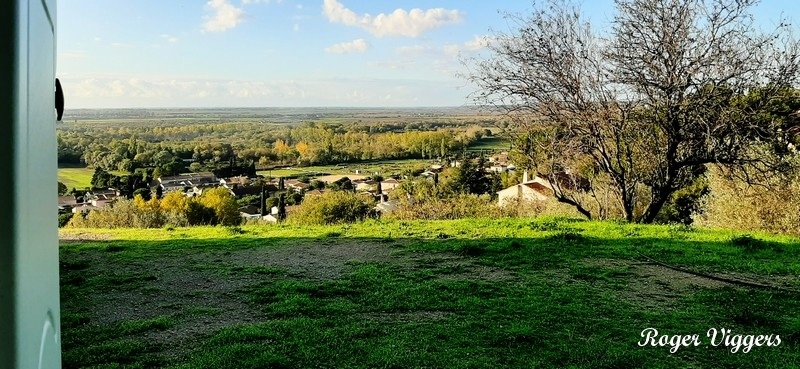
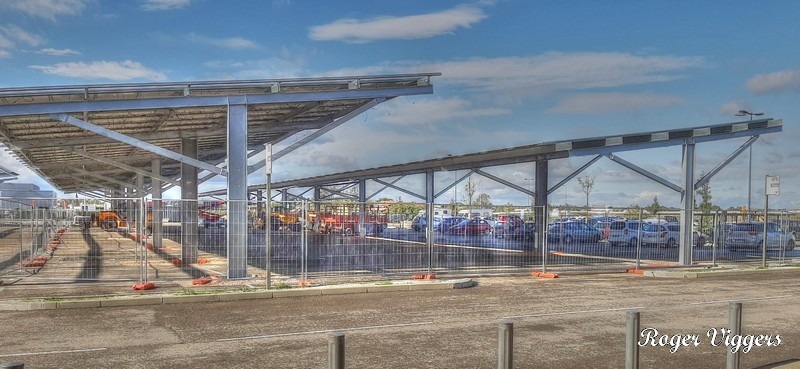


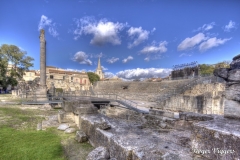
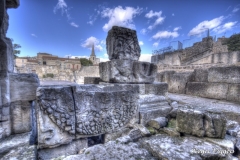
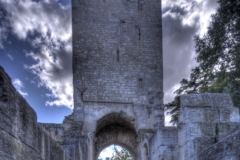
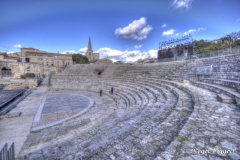
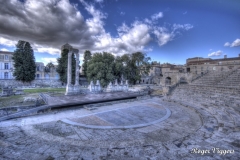
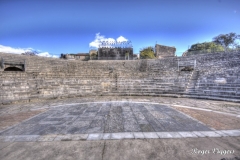
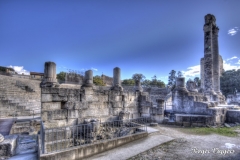
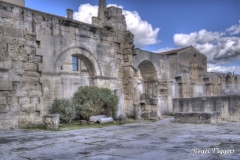
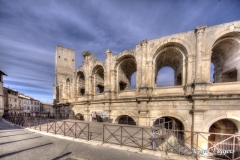
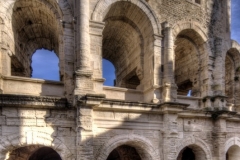
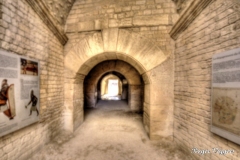
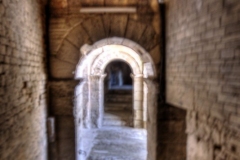
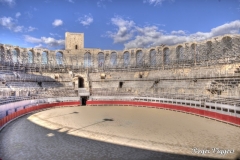

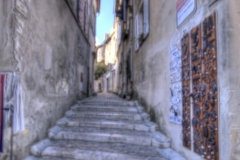
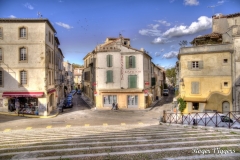
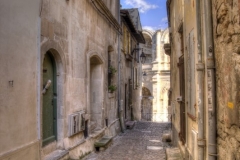
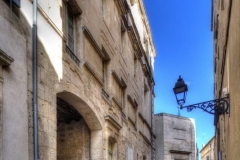
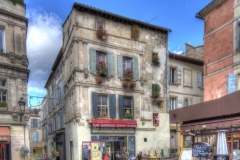
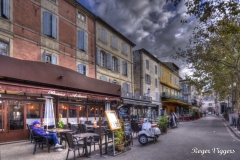
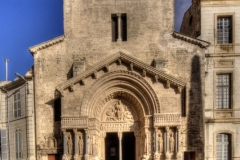
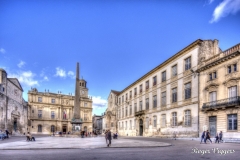
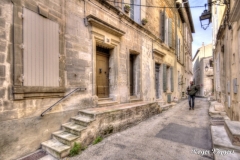
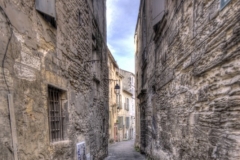
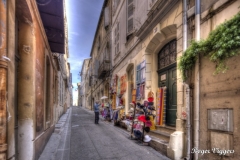
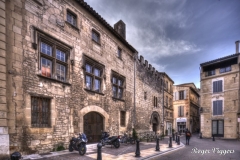

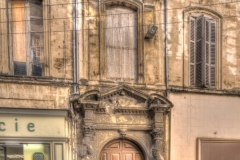
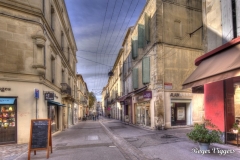
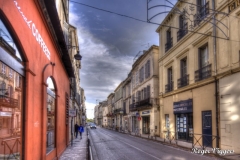

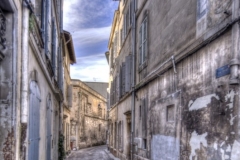
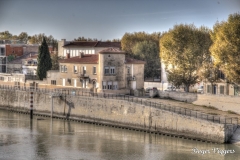
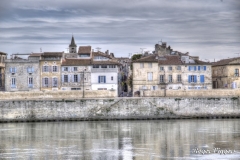
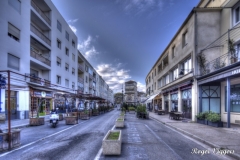
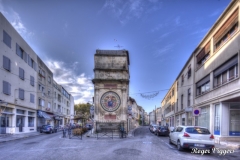
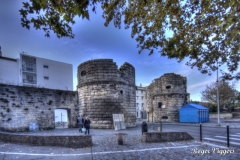


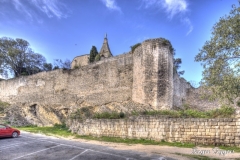
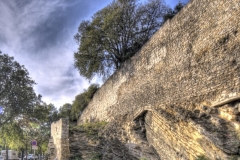
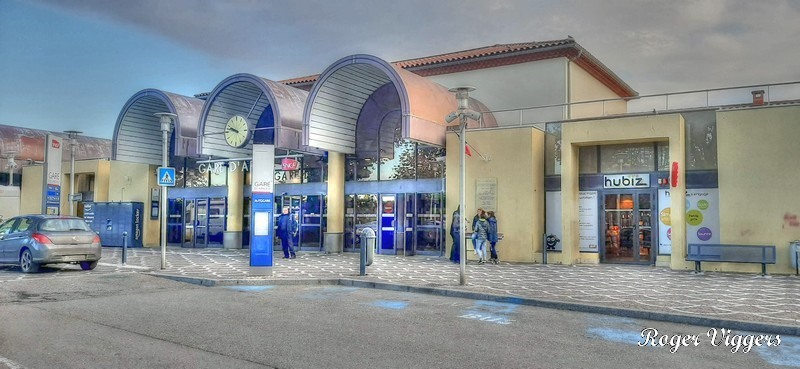
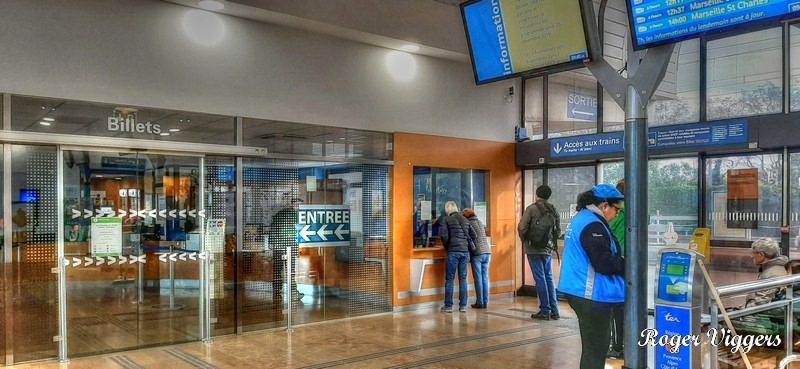
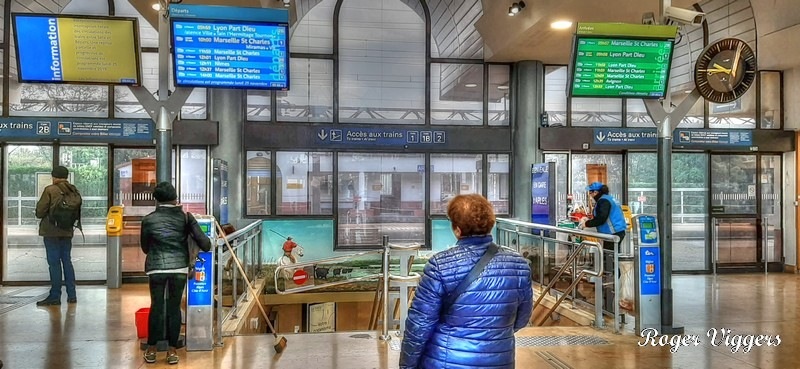
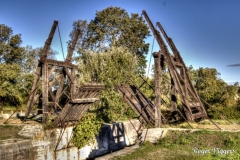
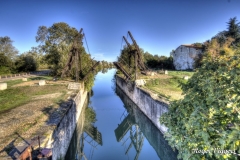
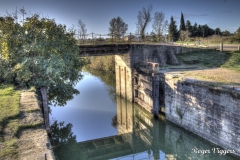
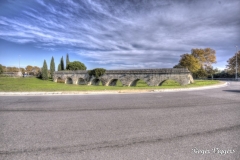
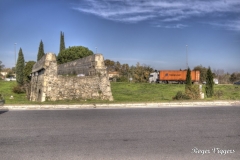
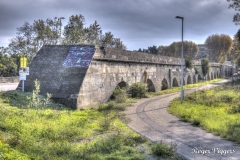
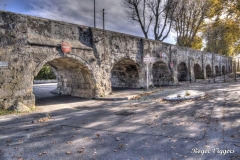
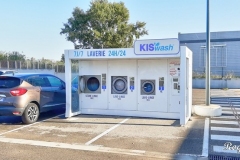
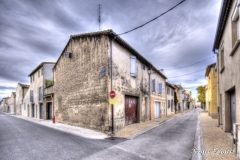
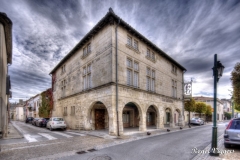
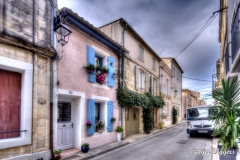
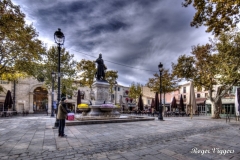
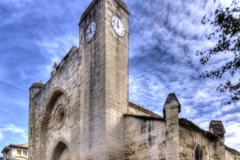
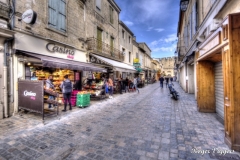
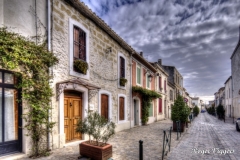
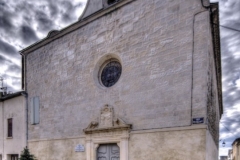
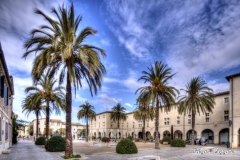

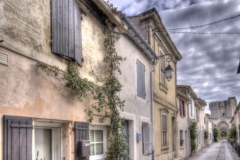
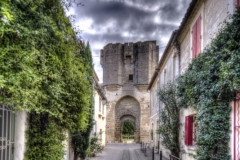

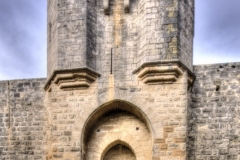
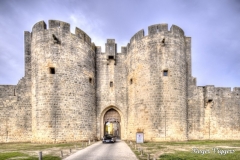
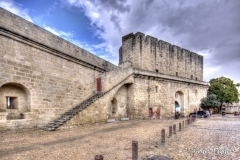
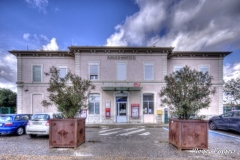
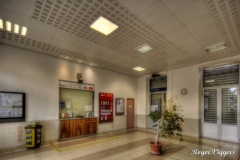
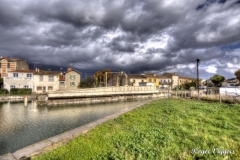
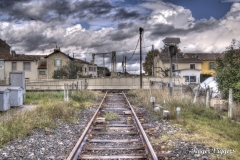

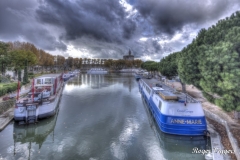
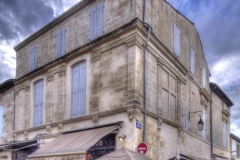
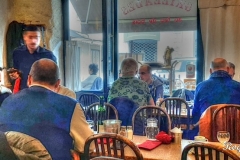
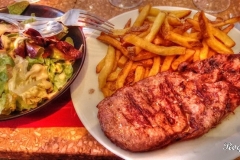
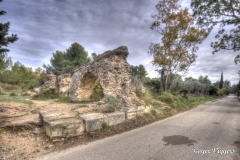
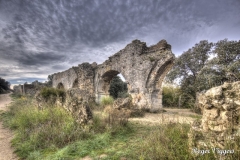
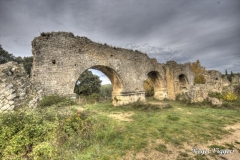
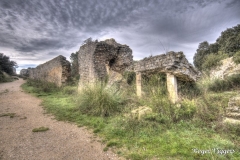
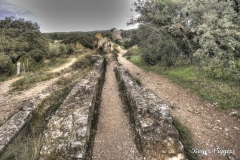
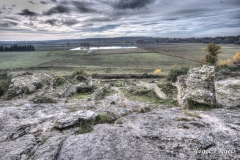

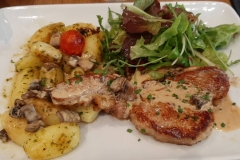
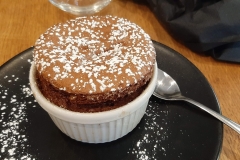
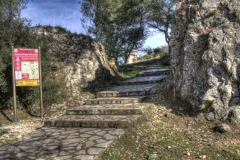
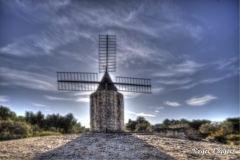
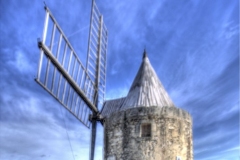
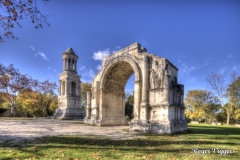
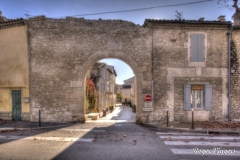
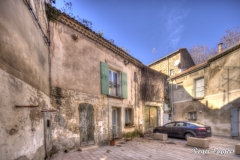
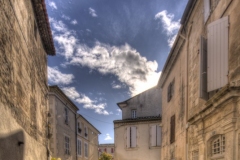
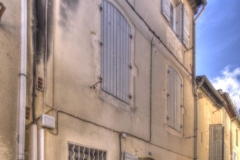

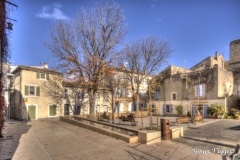
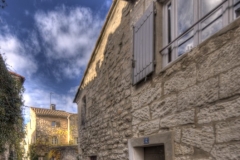
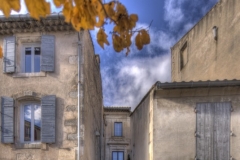
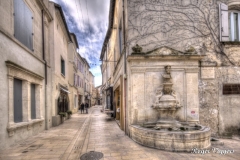
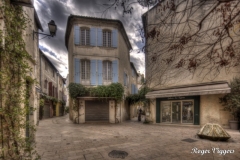
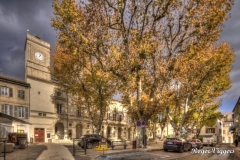
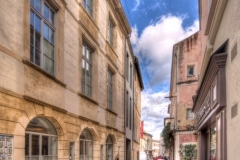
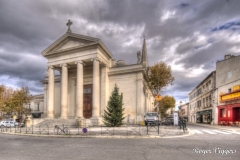
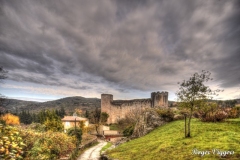
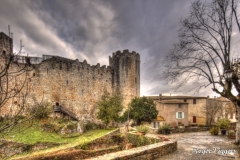
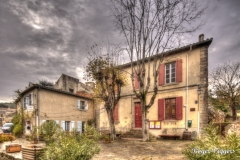
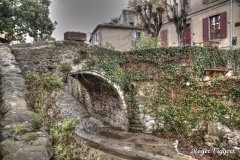
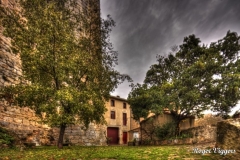
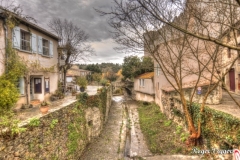
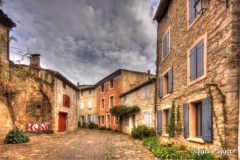

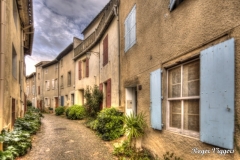
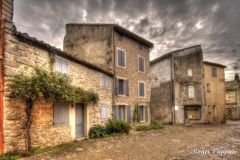
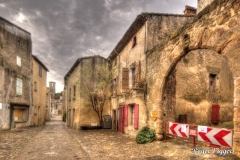
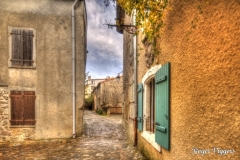
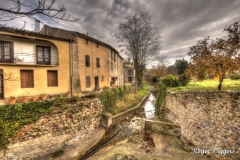
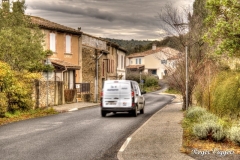
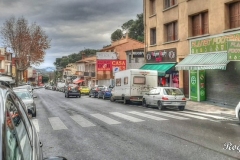
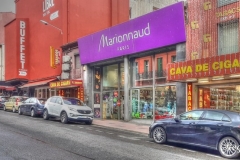
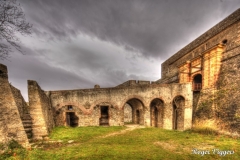

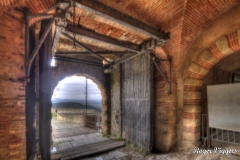
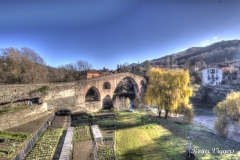
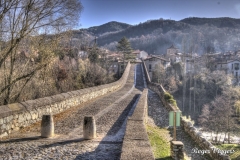

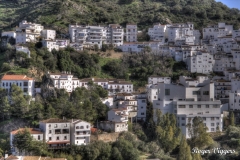
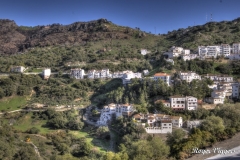
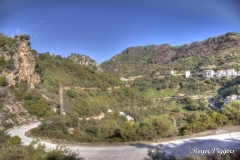
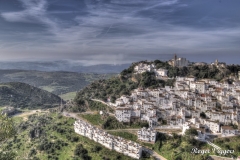
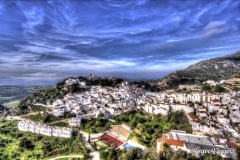
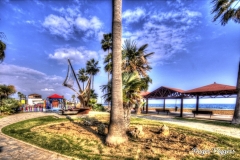
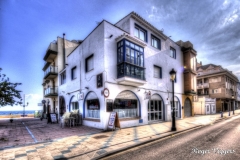
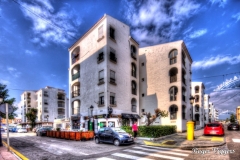
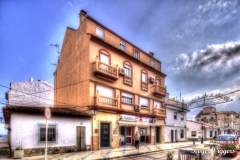
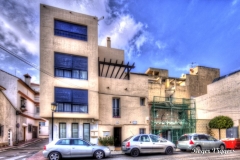
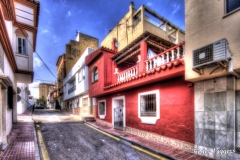
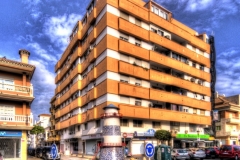
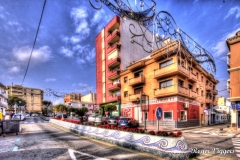

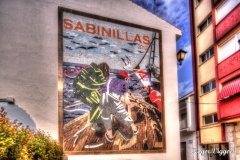
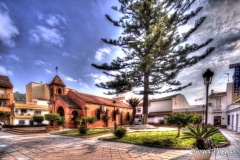
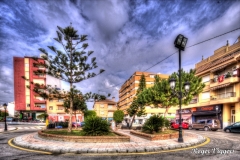
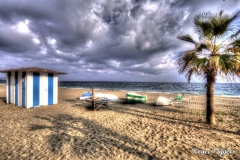

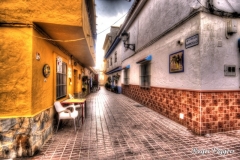
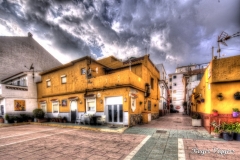
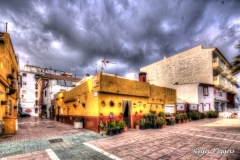
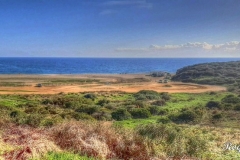
Hi Roger
This is fascinating and one of the reasons I say this is, my wife and 2dogs spent a year caravanning around France and Spain back, we had the most amazing experience that we applied and worked for holiday companies in France.
A fantastic experience
Some of that food still looks good Roger. Somewhat different situation there now. And here for that matter. Lovely memories. Thank you Roger.